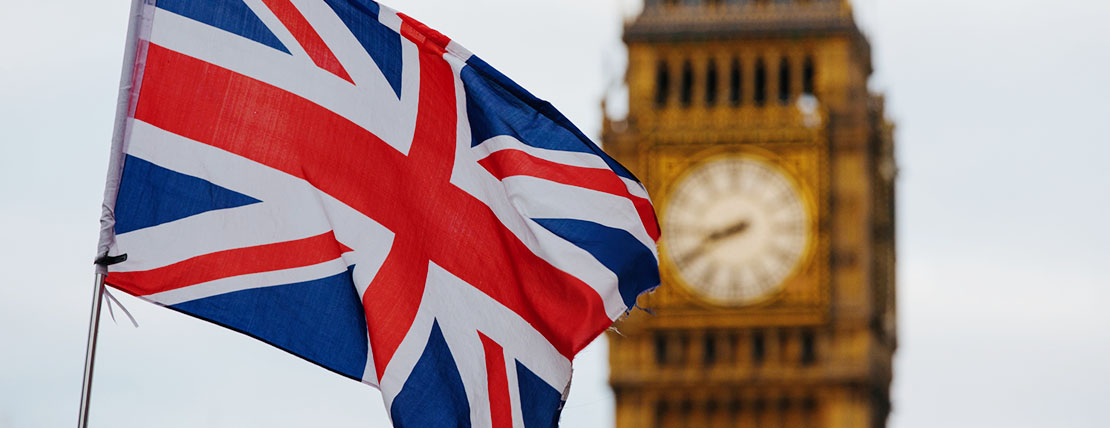A
historic and deadly heatwave
rolled through the UK earlier this week, prompting unions
to call for people to get legal protection against
high temperatures in UK workplaces. According to reports, temperatures reached as high as 40C (104F).
“The
GMB union said the government should set a maximum temperature for workplaces
of 25C, meaning employers should offer flexible working and travel
arrangements, give staff extra breaks and relax dress codes to allow staff to
wear cooler clothes,” wrote
The Guardian’s Harry Taylor.
Taylor
also reported that while there are
rules regarding minimum temperature levels in UK workplaces, there are no laws
that set a maximum level.
The
Health and Safety Executive (HSE) has previously said that employers have a
responsibility to ensure that working conditions are “reasonable,” but
there is no specific temperature limit.
“Bosses
need to do everything possible to keep workplaces cool and, more importantly,
safe. This can be as simple as letting people wear more casual clothing and
providing proper hydration,” Lynsey
Mann, the union’s health and safety officer, told the Guardian. “High
levels of UV exposure also mean that outdoor workers have a much higher risk of
developing skin cancer. Simply allowing more breaks and providing sun cream and
protective clothing, such as hats with neck covers, can help reduce this risk.
“Ultimately,
there needs to be a legal maximum working temperature in the same way we have a
legal minimum working temperature, and it is in employers’ interests — workers
who are overheating aren’t going to be at their best.”
Feds Investigate Workplace Safety at Amazon Warehouses
NBC News has reported that the Justice Department is investigating
possible workplace safety issues at Amazon warehouses and whether injuries were
hidden from inspectors.
The Occupational Safety and Health Administration (OSHA)
went to warehouses outside New York City, Chicago and Orlando, a spokesperson
for the U.S. Attorney’s Office in Manhattan said.
The
spokesman, Nicholas Biase, said that among the possible worker hazards
is “Amazon’s required pace of work for its warehouse employees.”
Biase
said that OSHA entered the warehouses on July 18
on referrals from the U.S. Attorney’s Office for the Southern District of New
York. That U.S. attorney’s office is one of the most high-profile federal
prosecutor’s offices in the United States.
Biase’s statement did not refer to any specific
incidents at Amazon warehouses, but the U.S. attorney’s office included ways
that members of the public and current and former workers can report issues.
It
mentioned safety issues related to the pace of work, as well as failure to
report injuries and a failure to receive proper care at Amazon’s first-aid
center or at provided recommended by the company.
A
statement from an Amazon spokesperson said,
“We’ll of course cooperate with
OSHA in their investigation, and we believe it will ultimately show that these
concerns are unfounded.”
Illinois Governor Signs CROWN Act Into Law Protecting Against Hair Discrimination
Illinois
Gov.
J.B. Pritzker recently signed the
CROWN Act into law, protecting
Illinoisans against discrimination due to hairstyles historically associated with
specific racial groups. The act,
which stands for Create a Respectful and Open
Workplace for Natural Hair, categorizes traits such as hair texture
or protective styling as race-based and therefore protected under bans against
racial discrimination, according to a press release.
In
2021, Gov. Pritzker signed the Jett Hawkins Act,
introduced by Sen. Mike Simmons, which banned
hairstyle discrimination in Illinois schools. The CROWN Act, introduced by Sen.
Mattie Hunter, expands these protections to other
covered situations under the Illinois Human Rights Act, including
employment, housing, financial transactions, and public accommodations.
Illinois is one of only a handful of states to pass the CROWN Act, a
national version of which passed the U.S. House of Representatives
but has failed to advance in the U.S. Senate.
The
bill expands and clarifies the definition of race to include traits commonly
associated with a race, including by not limited to these hairstyles
and textures.
The
law goes into effect Jan. 1, 2023.
Canada: Percentage of Employees Working Remotely Decreasing
A new survey by Statistics Canada revealed that the percentage of employees working exclusively
from home is decreasing slightly — from 19% in May to 18% in June.
Benefits Canada reported that among
these employees, it found a fifth (18%) said they report to an office or job site
located in a region to which they couldn’t commute on a daily basis,
while 10% said they report to a job site in a different
town or region within their province.
Just
5%
said they report to a worksite located in a different province and fewer than 3%
reported to an office or worksite located in a different country. In addition, the survey also found that hybrid work increased slightly to 6.7%.
“In a context where job vacancies remain high, some businesses may continue to explore options to widen their recruitment pool and increase retention by allowing their employees to work from a different province or region,” Statistics Canada said in a press release.







